by Alberto Marretta
The Discovery | The pioneers | The early Postwar period | Anati and the Centro Camuno | The contemporary phase
The Discovery
The oldest official mention concerning the presence of rock engravings in Valcamonica dates back to 1909, when Walther (later known as Gualtiero) Laeng, at that time still in his twenties, reported the discovery of two engraved boulders in Pian delle Greppe, near Cemmo. Laeng himself wrote in 1914 a brief note — to be published in the first edition of the Italian Touring Club guidebook of Italy — describing the two boulders, but his discovery did not rouse any particular interest among Italian archaeologists.![]()
The pioneers
The petroglyphs were visited separately in the ‘20s only by Giuseppe Bonafini, an archaeologist from Cividate Camuno, and by Senofonte Squinabol, a geologist of the University of Turin.
The latter guessed the likely antiquity of the engraved images and brought there a friend and colleague of his from Turin University, the anthropologist Giovanni Marro. By chance, almost in the same period Gualtiero Laeng invited professor Paolo Graziosi, from Florence University, to visit the Cemmo engravings. Marro and Graziosi worked without knowing each other. Both gave a report about the discovery in two different sessions of the same congress, but neither of them noticed the second boulder, next to the first one but hidden by bushes and debris.
In 1930 the news about the discovery spread among Italian and European academic community. A little later Marro came to Valcamonica again, where he identified, cleaned and published the second Cemmo boulder. At this point, also the Archaeological Office took the field and assumed the care of the two engraved surfaces. During his stay in Cemmo in order to supervise the construction of shelters to protect the newly discovered rock art, the Archaeological Office assistant Antonio Nicolussi, being probably informed by local people, visited Giàdeghe site and found there the first engravings made upon the surfaces of the local bedrock. Later, new engraved images were identified near Seradina, next to San Siro parish church.
From that moment on new carvings rapidly followed one another. Marro too, thanks to the enthusiastic and active support of powerful Fascist friends and local community, identified almost all the rock art sites known nowadays in Middle Valley, specially beginning with the east side ones. As early as the ‘30s, Marro’s notes mentioned sites such as Naquane, Zurla, Foppe di Nadro, Scale di Cimbergo, Scale di Paspardo. In the same period, the archaeologist Raffaello Battaglia carried some researches about the newly-discovered Valcamonica rock engravings on behalf of Padua Archaeological Office. Marro and Battaglia, who often clashed over theoretical issues and discoveries paternity, started publishing several photographs and in–depth articles, and laid the foundations of later scientific methods.
While the two scholars were going on with their explorations, news of the discoveries in Valcamonica started to rouse more and more interest even abroad. A team of German researchers, led by professor Franz Altheim and his assistant Erika Trautmann, visited several times Capo di Ponte area between 1937 and 1940, under the financial and ideological auspices of the Nazi leader Heinrich Himmler. In their articles they published a lot of Valcamonica engravings previously unknown and attributed them to the influence of a supposed prehistoric “Aryan race”. Later, Marro’s support to Fascist Manifesto of Race (1938) gives further evidence of the ideological twisting that transformed many archaeological researches between the two wars. These events underline in fact how easily rock art, which is an extraordinary human heritage and a unique opportunity of cultural and social development, can be poorly acknowledged by contemporary man and even become instrumental to one of the worst aberration in contemporary human history: the racial prejudice.![]()
The early Postwar period
After the period of confusion following Second World War devastations, Laeng resumed researches, supported by some assistants from Brescia Natural Sciences Museum, such as the vigorous Emanuele Süss and the Capo di Ponte guide Battista Maffessoli. Thanks to the efforts of this team, in 1954 engravings on Luine hill (next to Darfo Boario Terme) were discovered. Moreover, they drew the first map of engraved rocks in Naquane-Ronchi di Zir area, near Capo di Ponte (1956), a detailed chart that included the nearly 100 surfaces of the Rock Engravings National Park, which had been established the previous year (1955) thanks to the support of Mario Mirabella Roberti, head of Lombardy Antiquities Office.![]()
Anati and the Centro Camuno
In 1956 Emmanuel Anati came to Valcamonica in order to compare the rock engravings discovered till that time with those of Mount Bego (Maritime Alps, France) he was studying on behalf of the French Institute of Human Palaeontology. The discovery of the “Capitello dei due Pini” composition in Paspardo area, dating back to Copper Age, must be attributed to him. Carrying on explorations, Anati’s interest for Valcamonica rock art rose more and more, and he perceived the need for systematic and broad study of the images. Supported by Battista Maffessoli and by a small team of students and volunteers he accomplished the first complete documentation of an engraved rock in Valcamonica, the Great Rock in Naquane. A little after he published the book La civilisation du Val Camonica (1960), an essaythat reflects the result of his early years of exploration and research and constitutes the first attempt to write a complete overview of the whole Valcamonica rock art phenomenon.
In 1964 the Centro Camuno di Studi Preistorici (CCSP, Valcamonica Centre of Prehistoric Studies) was founded and Emmanuel Anati was chosen as its first director. Since that time research and documentation campaigns have been going on with no interruption. Systematic surveys, not only of single rocks but of whole areas, began. At the same time a long–lasting publication effort was undertaken. The soon–to–see results will be a dedicated rock art journal (BCSP) and several monographs about prehistoric art.
In 1968 the first “Valcamonica Symposium” was held. It was an international congress which would later have several editions and gathered in Valcamonica tens of Italian and foreign scholars to talk about art, religion and intellectual life expressions of prehistoric and tribal man. After the accomplishment of researches in Luine in the ‘70s, documentation efforts covered the large Foppe di Nadro area, where, in addition to engraved rocks, an archaeological site was discovered and excavated at Riparo II. While the important Dos dell’Arca site (Capo di Ponte) had already been studied in the ‘60s, later archaeological researches brought to light the Le Sante area, in Capo di Ponte, and the particularly important Neolithic settlement at Breno Castle, studied by Francesco Fedele during his campaigns in the ‘80s.
In 1979 unesco added to the World Heritage List Valcamonica rock art drawings, the first Italian monument to receive this honour. In 1982 Milan housed the successful exhibition “The Camuni: at the roots of European civilization”, a large show visited by thousands of people and able to renew a certain interest, especially from an educational point of view, towards rock engravings.![]()
The contemporary phase
In the ‘80s the Rock Engravings Natural Reserve of Ceto, Cimbergo, Paspardo was established and new surfaces were documented at Foppe di Nadro, Seradina, Sellero and Paspardo. Some among them became subjects of scientific editions: Sellero (1987) — shortly followed by Sellero Rock Art Park — Pià d’Ort (1995), Campanine (2009). At the end of the ’80s, the Valcamonica and Lombardy Department of Centro Camuno di Studi Preistorici (director Umberto Sansoni) and the Archaeological Cooperative “Footsteps of Man” (director Angelo Fossati) were established in order to carry on, with independent approaches and progressively diverging theoretical ideas, the demanding documentation and study projects covering large areas, such as Campanine di Cimbergo, Zurla (Ceto) and the several Paspardo sub–areas (In Vall, Dos Sottolaiolo, Vite, etc.).
In the same period Ausilio Priuli founded the Museum of Prehistoric Art and Life (Capo di Ponte), followed by other educational facilities, and published several articles and essays dealing with Valcamonica rock art, disclosing in particular the still unknown Piancogno area (1993). In the same years Lombardy Archaeological Office contributed to Valcamonica scientific researches expecially in the field of conservation (rock art restoration), cataloguing and archaeological excavation.
In 2005 the Archaeological Park of Seradina–Bedolina (Capo di Ponte) was established, followed a little later by other protected areas: the Asinino–Anvòia Archaeological Park (Ossimo), the Coren delle Fate area (Sonico), the Corni Freschi Archaeological Area (Darfo Boario Terme). The establishment of such numerous areas and facilities in recent years underlines the will to protect definitively a large part of the several archaeological sites which constitute “Valcamonica Rock Art” unesco site n. 94.
Simultaneously to the research on the field, the Centro Camuno went on looking at the future creating a database for the rock art recording. In the 1993 has been activated the project WARA (World Archive of Rock Art) guided by Emmanuel Anati helped by his collaborators. In the 1997 the Soprintendenza per i Beni Archeologici della Lombardia began the monitoring project of the conservative status of the rocks with engravings (project IRWeb). ![]()
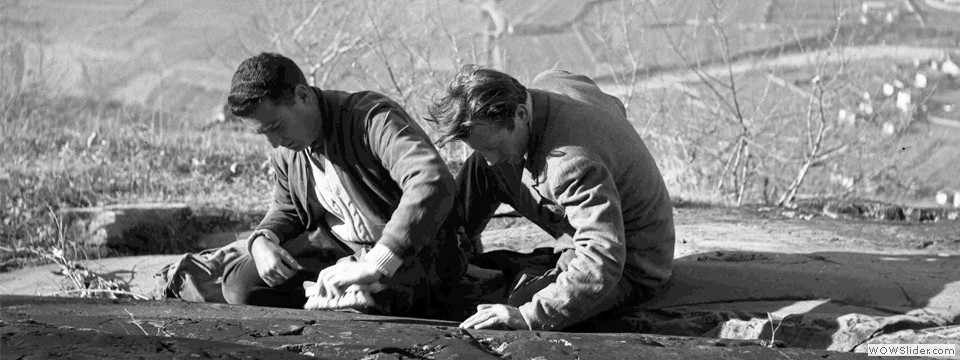
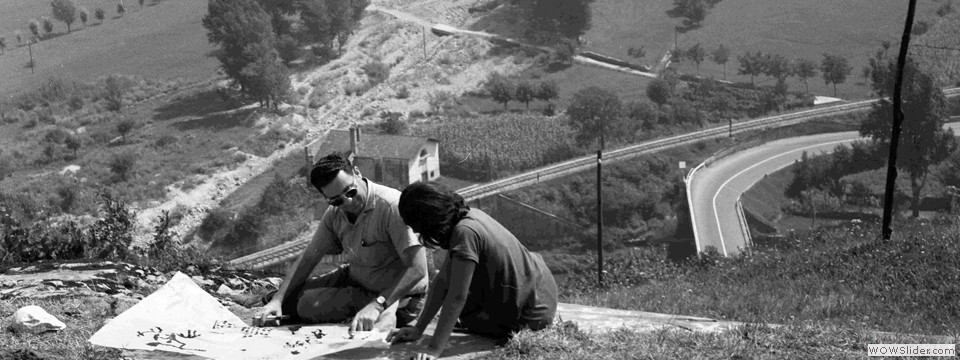
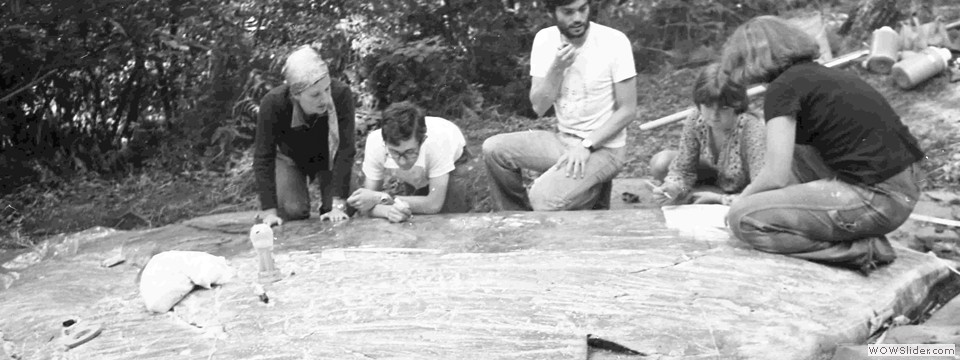
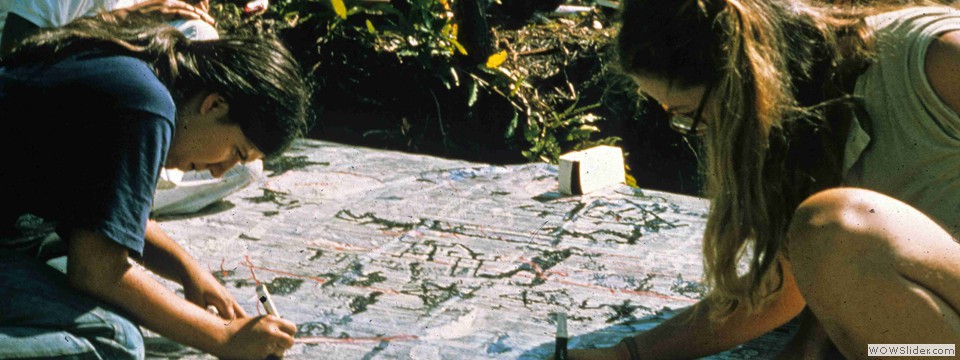
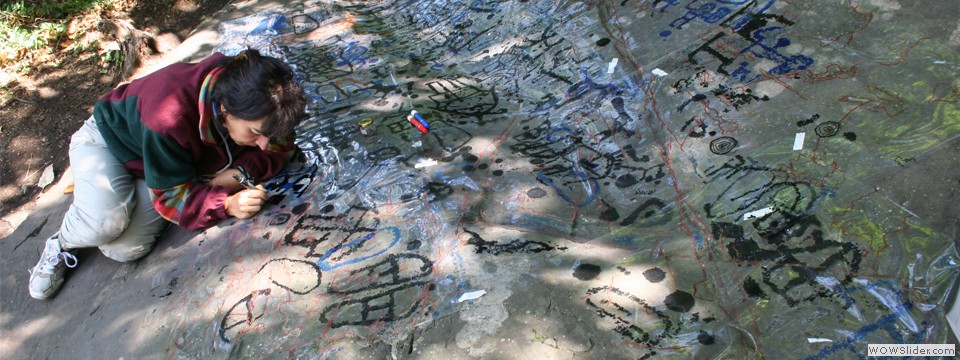
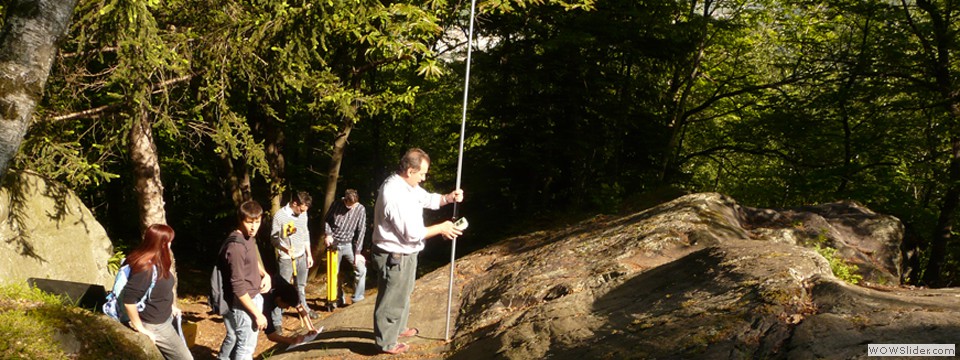
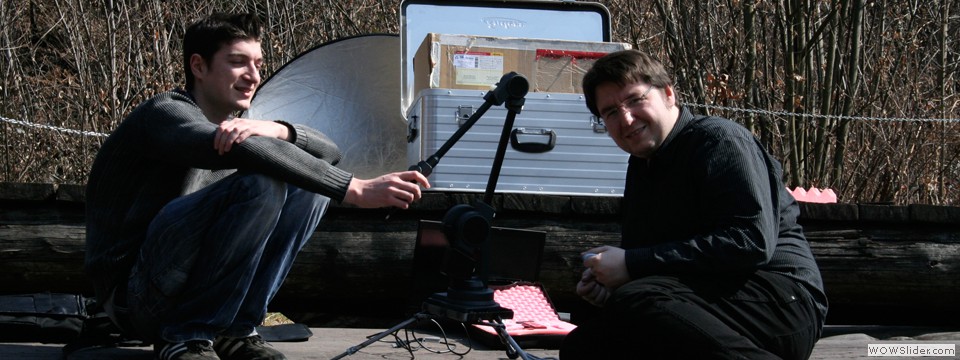
 1
1 2
2 3
3 4
4 5
5 6
6 7
7